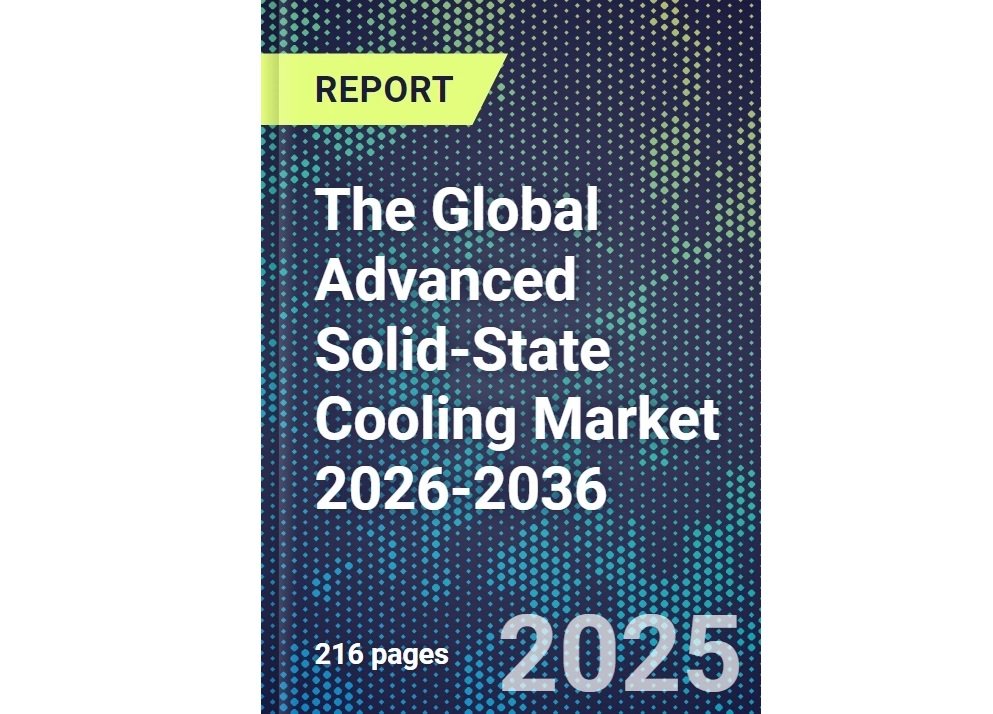Solid-State Cooling Market to Expand Rapidly Through 2036, Report Finds
The global advanced solid-state cooling market is set for significant growth between 2026 and 2036, according to a new report published by ResearchAndMarkets.com. The study highlights increasing demand for energy-efficient and environmentally sustainable thermal management solutions across sectors such as quantum computing, data centers, semiconductor devices, and medical equipment.
Solid-state cooling technologies operate without traditional compressors or refrigerants, and the report identifies six key technology categories in the market. Thermoelectric (Peltier) systems currently lead in commercial adoption, while magnetocaloric, electrocaloric, and LED-based cooling solutions are emerging as promising alternatives. These technologies utilize various physical mechanisms—such as electric fields, pressure, and torsion—to enable cooling.
The report underscores the importance of these solutions in applications requiring compact form factors and precise temperature control. Key end-user industries include automotive, aerospace, telecommunications, and consumer electronics. Particular growth is projected in cryogenic and ultra-low temperature applications, notably within the quantum technology sector.
Titled Global Advanced Solid-State Cooling Market 2026–2036, the report offers market size forecasts, competitive benchmarking, and commercialization timelines. It also includes detailed assessments of mature and emerging cooling technologies such as thermoelectric systems, magnetocaloric cooling, electrocaloric systems, LED-based thermophotonic cooling, phononic systems, and quantum cryogenic solutions.
Profiles of 54 companies are featured, including AegiQ, Camfridge Ltd, CoolIT Systems, CryoCoax, Frore Systems, General Electric, Iceotope, Intel, kiutra, Phononic, PsiQuantum, and others active in the global solid-state cooling ecosystem.
The report provides a strategic resource for stakeholders in thermal management technologies, covering technology roadmaps, performance metrics, application-specific market adoption, and regional analysis through 2036.
